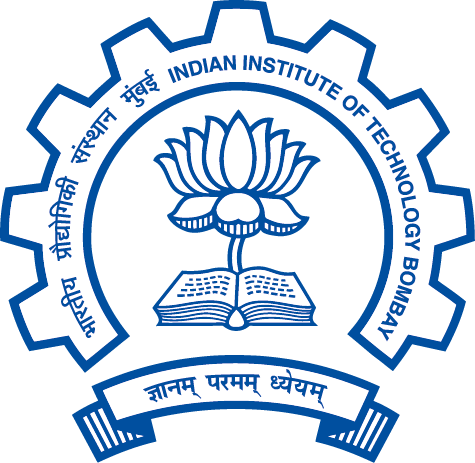Keynote Talk: Trends in Industrial Engineering
 Luis Rabelo
Luis Rabelo
Industrial Engineering and Management Systems, University of Central Florida
As we look to the future, the pace of technological development is impressive. Opportunities for new
research that contribute to expanding knowledge are plentiful. The most recent technological trends
revolve around several concepts, such as big data, advanced engineering analytics, "internet of things",
real-time optimization, hybrid simulation, model-based engineering, and blockchain. Industrial
engineering is taking a very important role, and can also benefit greatly from these trends, which
continue to develop. There are several trends in industrial engineering that have caught our attention
and are already impacting at this time.
Big data and analytics. Analytics, which refers to methods and techniques to extract patterns and new information from structured, semi-structured or unstructured data, will now have to adapt to big data. The large data generated in many applications are huge in terms of volume, variety, speed and accuracy. It has been shown that the use of data analysis techniques represents advantages to improve business. Several reports explain that many organizations agree that these techniques can be used to optimize companies. This knowledge allows us to achieve and manage four objectives that are fundamental for an organization: capital performance, growth, risk management and innovation. The analytics includes tools of evolutionary computation, deep learning, neural networks, machines with support vectors, fuzzy logic, decision trees, expert systems, and the tools of traditional statistics and the calculation of probabilities.
The internet of things (or industrial internet). The Internet of Things (IoT), from the point of view of computation, is the evolution and convergence of high throughput computing (HTC) and high performance computing (HPC) with other developments, such as grid computing and the peer-to-peer (P2P) networks. The IoT is a vision of an integrated network that covers physical objects capable of collecting and exchanging data. The IoT allows previously disconnected devices and devices to connect through the equipment of devices with communication technology, such as sensors and radio frequency identification (RFID) tags. To get an idea of how ubiquitous the concept of the internet of things is, we just have to see how we interact with our electronic items on a daily basis. All our phones and tablets are linked to an ecosystem of numerous machines. These "invisible" machines support all the basic functions that keep things with minimal human intervention.
The sharing revolution. The phenomenon of sharing is seen in the shared economy. Shared economy is a general term with a series of meanings, often used to describe the economic and social activity that involves online transactions. Also known as share-economy, an academic concept that refers to a hybrid market model. Shared economy can take various forms, including the use of information technology to provide individuals information that allows the optimization of resources through mutualization of excess capacity in goods and services. A common premise is that when the information about the goods is shared, the value of those goods may increase for the entire ecosystem and all stakeholders. Real-time optimization for supply chains. With the implementation of "smart" sensors has emerged how to predict, monitor and coordinate the Real-time systems performance. This transformation requires methodologies and solutions capable of analyzing and modeling the signals of these "sensors" to support optimal decision-making strategies. Artificial intelligence and optimization techniques allow decisions to be made almost instantaneously, which observe and affect business environments that change rapidly, enabling significant savings of costs. Real-time route optimization platforms, alerts in case of detection of anomalies, adjustment options and dynamically changing routes, which take into account the behavior of drivers, customers, times of travel and service, in addition to traffic and weather conditions, are the new trends in logistics operations and supply chains.
Hybrid simulation and the life cycle of the systems with the supply chain. The discrete-continuous hybrid simulation model of the company and the life cycle of the systems is very important. This set of models consists of dynamics models of systems, continuous models of higher and more abstract hierarchical levels, which are connected with discrete event simulations for operational functions, tactics and phases of the life cycle of the system. For example, the dynamics modeling of systems is better suited to the macroscopic nature of activities at higher levels management, while discrete models are better suited to nature microscopic of the operational and tactical levels of the company. Dynamics models of systems can represent the nature of the architecture of the system, while that discrete models represent the operations of a particular system. In the last decade, system engineers have begun to replace the process of traditional documentation with simulation modeling approaches. The simulation models provide engineers with a more rigorous means of capturing and integrating System requirements, design, and verification information using Blockchain.








